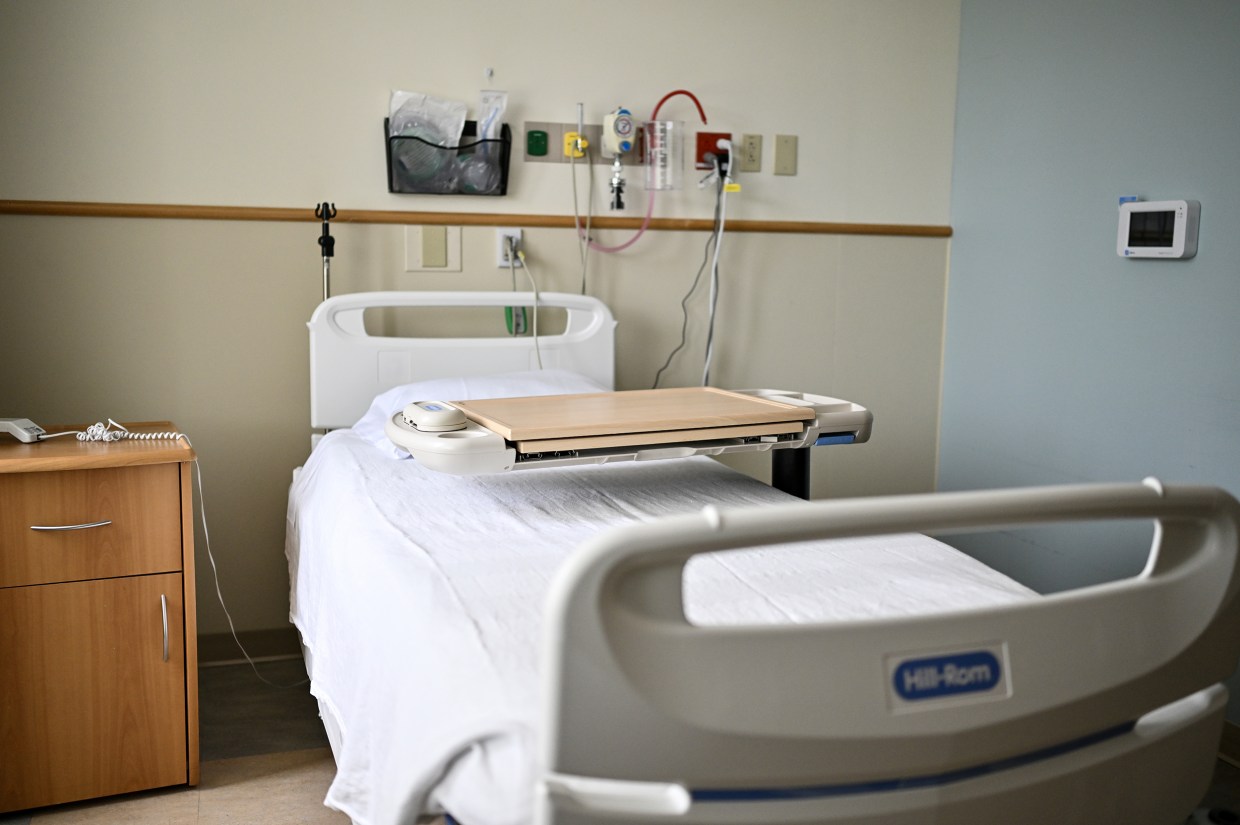Health authorities in New York City have officially declared the end of the Legionnaires’ disease outbreak that affected the Harlem area in recent weeks. This announcement comes after extensive monitoring, environmental testing, and a comprehensive response from health officials to contain the situation and prevent further infections.
The occurrence, which caused public worry, was connected to multiple instances of Legionnaires’ disease identified in the area. Throughout the duration of the outbreak, seven individuals died from complications tied to the illness. Health specialists stress that although the situation is currently managed, the community should stay alert and knowledgeable about the dangers and prevention measures concerning this bacterial infection.
Legionnaires’ disease arises from breathing in tiny water droplets that harbor Legionella bacteria. These microbes thrive in warm water settings, including cooling towers, plumbing networks, hot tubs, and ornamental fountains. Once these tainted droplets disperse into the air, those who inhale them may experience significant respiratory issues. The disease does not spread from one individual to another, but it can be quite serious, particularly for the elderly, smokers, and individuals with compromised immune systems.
Municipal authorities commented that their inquiry concentrated on discovering potential origins of the bacteria in the impacted area. Crews carried out examinations of structures, air conditioning systems, and water facilities to identify and sanitize any infected spots. As reported by the Health Department, numerous possible sources were addressed and purified to remove Legionella and guarantee the community’s safety.
While the immediate threat has been resolved, experts are using this incident as a reminder of the importance of routine maintenance in large building water systems. Proper cleaning and monitoring of cooling towers and water tanks are critical in preventing the growth of harmful bacteria. Building owners are required to follow strict guidelines to keep these systems safe and avoid future outbreaks.
During the duration of the outbreak, health officials collaborated closely with healthcare practitioners to guarantee prompt identification and care for the infected individuals. People were encouraged to consult a doctor if they showed signs like coughing, fever, chills, difficulty breathing, or muscle pain. Quick treatment with antibiotics greatly enhances the likelihood of recovery, whereas postponements in identifying the illness may cause serious complications or be fatal.
The unfortunate loss of seven individuals in this outbreak highlights the gravity of Legionnaires’ disease. While the disease can be treated, it still poses a significant risk to vulnerable groups. The city has reiterated its dedication to upholding safety standards and pursuing public education initiatives to minimize the likelihood of similar incidents occurring in the future.
Specialists emphasize that this scenario also underscores the importance of a swift public health reaction when unexpected illness clusters emerge. Prompt measures, comprehensive examination, and open communication with the public are essential components in averting extensive damage and rebuilding trust in the community following an outbreak.
Apart from regional actions, the event has sparked renewed debates about countrywide guidelines for handling water systems in buildings. Supporters suggest that having more consistent rules and enforcement could minimize the risk of Legionnaires’ disease in metropolitan areas where extensive water systems are prevalent.
While this episode has been officially concluded, the insights gained will inform prevention tactics moving forward. Health officials urge both residents and property administrators to stay vigilant regarding the safety of water systems. The community is encouraged to stay updated and swiftly report any issues related to building upkeep or water quality to local health agencies.
As things in Harlem return to normalcy, the neighborhood remains in mourning for the lives lost while acknowledging the quick response to manage the situation. This incident highlights the importance of maintaining complex city infrastructures for the well-being and security of the public.

:max_bytes(150000):strip_icc():focal(749x0:751x2)/harlem-rooftop-081925-2ecd7b8c530b4d43bde3a9bccf10d789.jpg)

:strip_icc()/GettyImages-1285710682-b0236f4671d1428fa53fd5be8a37c521.jpg)

